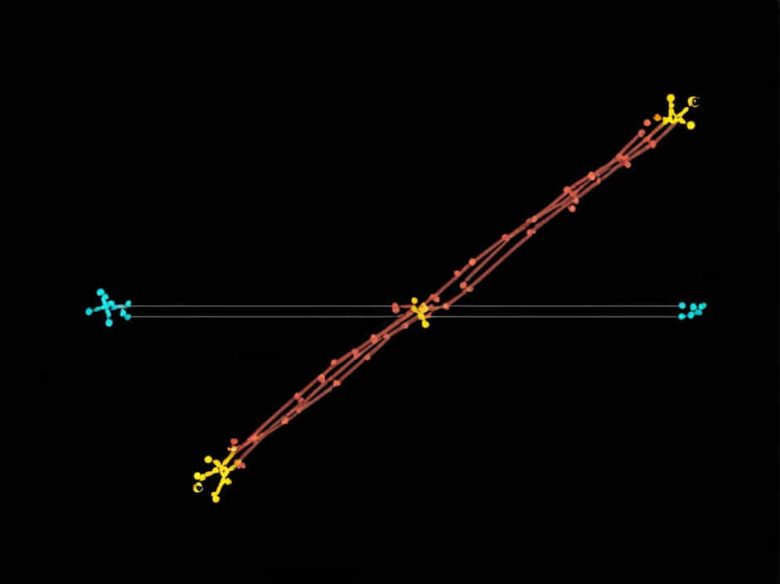The Hertzsprung-Russell (H-R) diagram is one of the most important tools in astronomy. It visually represents the relationship between a star’s luminosity and surface temperature, helping astronomers classify stars and understand their life cycles.
This topic will explain how the H-R diagram works, the different types of stars it categorizes, and why it is crucial for studying stellar evolution.
1. What Is the Hertzsprung-Russell Diagram?
The H-R diagram is a scatter plot that compares a star’s luminosity (brightness) on the vertical axis to its surface temperature on the horizontal axis.
Axes of the H-R Diagram
- X-axis (Horizontal): Represents surface temperature in Kelvin (K). The scale is backward, with hotter stars on the left and cooler stars on the right.
- Y-axis (Vertical): Represents luminosity, usually in relation to the Sun’s brightness (L☉). Brighter stars are higher up, while dimmer stars are lower.
By plotting stars on this graph, astronomers can identify patterns that reveal important insights about their size, mass, and evolutionary stage.
2. The Main Regions of the H-R Diagram
The H-R diagram is divided into several key regions where stars are grouped based on their properties.
A. Main Sequence Stars
- This is the diagonal band running from the top left (hot and bright) to the bottom right (cool and dim).
- Stars in this region, including our Sun, fuse hydrogen into helium in their cores.
- Examples: Blue giants (hot, bright), Yellow dwarfs like the Sun, and Red dwarfs (cool, dim).
B. Giant and Supergiant Stars
- These stars are located above the main sequence because they are very bright but not necessarily hot.
- They have large radii, meaning they emit a lot of light despite having a cooler surface.
- Examples: Betelgeuse (red supergiant), Aldebaran (red giant).
C. White Dwarfs
- Found in the lower left of the diagram, these stars are hot but faint because they are small.
- They are the remnants of Sun-like stars that have exhausted their nuclear fuel.
- Example: Sirius B (companion to Sirius A).
3. Why Is the H-R Diagram Important?
The Hertzsprung-Russell diagram is a crucial tool for understanding:
A. Stellar Evolution
- Stars move across the diagram as they age.
- A star starts in the main sequence, then expands into a giant or supergiant, and finally becomes a white dwarf, neutron star, or black hole.
B. Star Classification
- The diagram helps classify stars into spectral types: O, B, A, F, G, K, and M (from hottest to coolest).
- Each spectral type has unique characteristics in terms of color, temperature, and size.
C. Distance Measurement
- Astronomers use the H-R diagram to estimate distances to faraway stars by comparing their apparent brightness with their actual luminosity.
4. How to Read an H-R Diagram
Reading an H-R diagram is simple once you understand the key trends:
- Hotter stars (blue or white) are on the left, while cooler stars (red or orange) are on the right.
- Brighter stars are near the top, and dim stars are near the bottom.
- The main sequence contains most stars, while giants, supergiants, and white dwarfs occupy specific regions.
5. Interesting Facts About the H-R Diagram
- The diagram is named after Ejnar Hertzsprung and Henry Norris Russell, who independently developed it in the early 1900s.
- 90% of all stars, including the Sun, are in the main sequence phase of their lives.
- Supergiants can be up to 100,000 times brighter than the Sun.
- White dwarfs are incredibly dense—a teaspoon of white dwarf material would weigh tons on Earth!
The Hertzsprung-Russell diagram is a powerful tool in astronomy, helping scientists classify stars and track their evolution. By plotting a star’s luminosity and temperature, astronomers can determine its size, mass, and life cycle stage.
Whether you’re an aspiring astronomer or simply curious about the universe, understanding the H-R diagram provides a deeper appreciation of how stars evolve and shape the cosmos.



